√100以上 chmod numbers to letters 223747
Convert numbers to letters in various formats Numbering the letters so A=1, B=2, etc is one of the simplest ways of converting them to numbers This is called the A1Z26 cipher However, there are more options such as ASCII codes, tap codes or even the periodic table of elementsChmod 010 file execute by group chmod 001 file execute by world To combine these, just add the numbers together chmod 444 file Allow read permission to owner and group and world chmod 777 file Allow everyone to read, write, and execute file Symbolic Mode The format of a symbolic mode is a combination of the letters = rwxXstugoa chmod u=rwx,g=rwx,o=rwx chmod u=rwx,g=rx,o=rx chmod u=rw,g=r,o=r When two fields are the same, you can combine them The last chmod would be the same as chmod u=rw,go=r And you can use a (all) to assign to u,g and o at once, so the first is equivalent to chmod a=rwx Now, there are a few special permission bits s (setuid/setgid) and t

Solved Challenge Changing File Permissions Evaluate Your Chmod Answer Course Eagle
Chmod numbers to letters
Chmod numbers to letters- Lower and upper case Roman numbers To use Roman numbers instead, specify type="I" for uppercase Roman numbers (eg I II III IV V etc) and type="i" for lowercase Roman numbers (eg i ii iii iv v) Here's an example of an ordered list using lowercase Roman numbersRecursively remove the write permission for other users chmod R ow dirname




Linux Command 9 Chown Chgrp Chmod Umask Linux From Beginning
The chmod symbolic notation is more finegrained compared to the octal notation, allowing the modification of specific mode bits while leaving other mode bits untouched The symbolic notation consists of three components chmod references operator modes file The references consists of a combination of the letters ugoa, which specify which Below are some examples of how to use the chmod command in symbolic mode Give the members of the group permission to read the file, but not to write and execute it chmod g=r filename;The chmod symbolic notation is more finegrained compared to the octal notation, allowing the modification of specific mode bits while leaving other mode bits untouched The symbolic notation consists of three components chmod referencesoperatormodes file The references consists of a combination of the letters ugoa, which specify which user's access to the file will be
After chmod 777 dir your command prints permissions as 767 – Julian F Weinert Apr 24 '14 at 1055 As Donna mentions, there is a funny character otherwise they will not count and you get the wrong result To calculate the octal number for this special flags,Chmod 700 appletxt Only you can read, write to, or execute appletxt chmod 777 appletxt Everybody can read, write to, or execute appletxt chmod 744 appletxt Only you can read, write to, or execute appletxt Everybody can read appletxt; In Unixlike operating systems, the chmod command is used to change the access mode of a file The name is an abbreviation of change mode Syntax chmod referenceoperatormode file The references are used to distinguish the users to whom the permissions apply ie they are list of letters that specifies whom to give permissions
This article explores chmod 777, a Linux command used to give ALL RIGHTS to the user, group, and others As a new Linux user, web developer, or system administrator, you have probably been instructed to type chmod 777 /path/to/file/or/folder into your Linux shell at some point Whenever you're running commands on your systems (especially as root!), you shouldLetters Method use a or (plus or minus sign) to add or remove permissions for a file respectively Use an equals sign =, to specify new permissions and remove the old ones for the particular type of user(s) You can use chmod letter where the letters are a (all (everyone)), u (user), g (group) and o (other) The letter version adds or subtracts permissions as opposed to setting absolute values, for example chmod ugorwx or chmod urw or chmod u=rwx,g=rwx,o=rwx or a=rwx (a means all) chmod R ugorwx * (revokes all permissions for the current directory aswell as its sub directories), chmod ugo= * (revokes all permissions for all files in the current directory, but not




Chmod Rwx Command On Linux Systems Permissions




Chmod Command In Linux With Examples Geeksforgeeks
Chmod numbers to letters This example uses symbolic permissions notation Because unix was written a long time ago (in computer years, at least), people who used it were fairly geeky and thought nothing of slinging binary, octal and hex around TheView (u)ser, (g)roup and (o)thers permissions for chmod 644 (chmod arwx,ux,gwx,owx) or use free online chmod calculator to modify permissions easilyUnix & Linux Chmod by Letters Vs NumbersHelpful?




Linux Chmod Command Tutorial For Beginners




Modify File Permissions Linux
Changing File Permissions The chmod command enables you to change the permissions on a file You must be superuser or the owner of a file or directory to change its permissions You can use the chmod command to set permissions in either of two modes Absolute Mode – Use numbers to represent file permissions (the method most commonly used to set permissions)Remove the execute permission for all users chmod ax filename;Chmod is explained in most linuxes using man chmod You can use rwx format, but the simplest way is the number system for example chmod 751 sets this way For user, it has readwriteexecute For group, it has readexecute for world, it has just execute The read has the number of 4 The write has the number of 2 and execute has the number of 1



Linux Chmod Command Sinhcoms Llp Blog And Update




How To Use Chmod Command In Linux
Chmod calculator generates command in number format for file and directory permissions in Unix and Linux If you are working on Unix, Linux server then permissions are a very important and difficult task Our chmod calculator generates file permissions for owner, group, and the public in number (744) and symbolic (rwxrr) notation formatsPlease support me on Patreon https//wwwpatreoncom/roelvandepaarWith thanks & praise to God, and with t Chmod number chartNumber method chmod can also set permissions using numbers Using numbers is another method which allows you to edit the permissions for all three owner, group, and others at the same time This basic structure of the code is this chmod xxx file/directory Where xxx is a 3 digit number where each digit can be anything from 1 to 7In




Understanding Linux Permissions And Chmod Usage




How To Change Permissions Chmod Of A File Hostgator Support
What is chmod command in Linux The "chmod" is an acronym for "change mode" It modifies the access of your system directories, files, and scripts The "chmod" command has specific modes that determine the permission for modification These modes are represented by numerical form (letters) or symbolic form (octal numbers)Chmod Calculator Chmod Calculator is a free utility to calculate the numeric (octal) or symbolic value for a set of file or folder permissions in Linux servers How to use Check the desired boxes or directly enter a valid numeric value (eg 777) or symbolic notation (eg rwxrwxrwx) to see its value in other formats File PermissionsChmod commands on file appletxt (use wildcards to include more files) Command Purpose;




An Introduction To Linux File Permissions Boolean World




Your Own Linux Chmod Basics Of Files Directories Permissions And Use Of Chmod
chmod R or *page Numerical Shorthand Another way to use chmod is to provide the permissions you wish to give to the owner, group, and others as a threedigit number The leftmost digit represents the permissions for the ownerChmod Numbers To Letters Chmod by Letters Vs Numbers Chmod numbers to lettersBecause unix was written a long time ago (in computer years, at least), people who used it were fairly geeky and thought nothing of slinging binary, octal and hex around Chmod arx = what number?




Linux Commands Chmod Cloudaffaire




Chmod Command In Linux With Examples Linux Command Line Tutorial
Effectively, we can break down the fournumber chmod permissions argument into specific descriptors as follows, and doing the math to determine what a 4 in the first section would be, a 5 in the next section, and so on Keep in mind that #### is Special User/Owner Group and Others in that order For Special attributes (the first number in a fournumber chmod argument)Chmod octal numbers in linux Chmod octal numbers in linuxSymbolic chmod gs fileTypical Chmod Permissions Values 644 or rwrr web pages and images viewed by surfers 666 or rwrwrw log files or pages to which are written 755 or rwxrxrx perl scripts to make them executable 755 or rwxrxrx directories are usually given this value 777 or rwxrwxrwxThis site is not affiliated with Linus Torvalds or The Open Group in any way Unix & Linux Stack Exchange works best with JavaScript enabled Your privacy By clicking "Accept all cookies", you agree Stack Exchange can store cookies on your device and disclose information in accordance with our Cookie Policy Accept all cookies




Linux Command 9 Chown Chgrp Chmod Umask Linux From Beginning




Geekyminds Letsrevisitunix Day 9 Follow Geekymindsblog For More Using The Chmod Command In Linux Unix
Execute has a value of 1 You add together the numbers for the permissions you want For example, for Read and Write permissions, you Chmod 6, since Read (4) Write (2) = 6 You would need to do that for each group For example, Read Write Execute permission for Owner, and Read permission for Group and Other, would be Chmod 744The command to use when modifying permissions is chmod There are two ways to modify permissions, with numbers or with letters Using letters is easier to understand for most people When modifying permissions be careful not to create security problems Some files are configured to have very restrictive permissions to prevent unauthorized accessChmod numbers to letters Because unix was written a long time ago (in computer years, at least), people who used it were fairly geeky and thought nothing of slinging binary, octal and hex around File according to mode, which can be either a symbolic representation of changes to make, or an octal number representing the bit pattern for the new mode bits
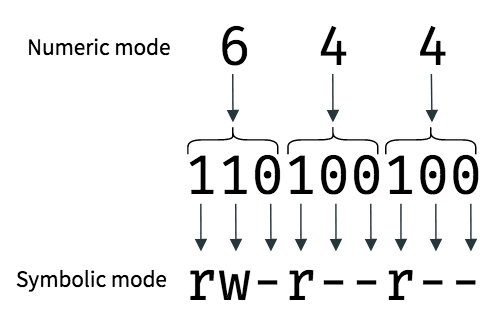



An Introduction To Linux File Permissions Boolean World




Chmod Umask Stat Fileperms And File Permissions
Typical Chmod Permissions Values 644 or rwrr web pages and images viewed by surfers 666 or rwrwrw log files or pages to which are written 755 or rwxrxrx perl scripts to make them executable 755 or rwxrxrx directories are usually given this value 777 or rwxrwxrwx for files that are written to by allChmod letters to numbers With modern versions of find, you get the benefits of an xargs approach that avoids multiple calls to the command (chmod)The command is only slightly different The chmod symbolic notation is more finegrained compared to the octal notation, allowing the modification of specific mode bits while leaving other mode bits untouched UNIX / Linux chmod command A bit mask created by ORing together zero or more of the following Octal Mode Number Description 0400 Allows the owner to read 00 Allows the owner to write 0100




How To Use Chmod Command In Linux Explained With Examples




Understanding Unix Permissions And File Types Unix Linux Stack Exchange
Chmod by the Numbers Up to this point, we've been setting the mode with letters It turns out that you can also set the mode numerically Here's how it works Write the permissions you want the file to have To make your life easier, write the permissions grouped into sets of three lettersLinux chmod by the numbers Up to this point, we've been setting the mode with letters It turns out that you can also set the mode numerically Here's how it works Write the permissions you want the file to have To make your life easier, write the permissions grouped into sets of three letters* This article focuses on chmod using 3 numbers If you're looking to have to use 4 numbers, to set a sticky bit, SUID or SGID, you will need to see the third article in this series link here When made up of 3 numbers, each of on the "octals" represents each of the groups that have access to a file For example the octal 724 presents a situation where 7 is the octal for setting Owner




Workbook 4 File Ownerships And Permissions Ppt Video Online Download




Techmod 1 72 Us Letters Numbers White Ebay
Chmod numbers vs letters Chmod numbers vs lettersInstead of one or more of these letters, you can specify exactly one of the letters ugo the permissions granted to the user who owns the file (u), the permissions granted to other users who are members of the file's group (g), and the permissions granted to users that are in neither of the two preceding categories (o) A numericChmod letters to numbers Hi, I'm about to install a perl script and it says to CHMOD "arx" but my FTP doesn't go by CHMOD letters, but rather numbersChmod ogrw files give the world and the group read and write permission To set permissions use the chmod program For example, If you want all people to read the home page of your Web site (the files which reside in your public_html directory), but do not want to give permission for viewers to alter your files, you would type




How To Use Chmod And Chown Command In Linux



Common Bash Commands
You can change permissions with the chmod command by using letters or numbers Type chmod permissions file to change permissions of a file or directory You've already come quite a distance in learning about your Red Hat Linux system from navigation to setting and changing permissionsConvert numbers to letters in various formats Numbering the letters so A=1, B=2, etc is one of the simplest ways of converting them to numbers This is called the A1Z26 cipher However, there are more options such as ASCII codes, tap codes or even the periodic table of elements




Introduction To The Linux Chmod Command Opensource Com




How To Set File And Directory Permissions Using Chmod




How To Use The Chmod Command On Linux




Alternative Answer For Changing Permissions Symbolic Notation Share Dataquest Community



Linux Permissions




Unix Commands Vi Chmod Eren Akbulut S Blog




Understanding Linux Permissions And Chmod Usage




Shell Tutorial Part 9 Changing Permissions Youtube
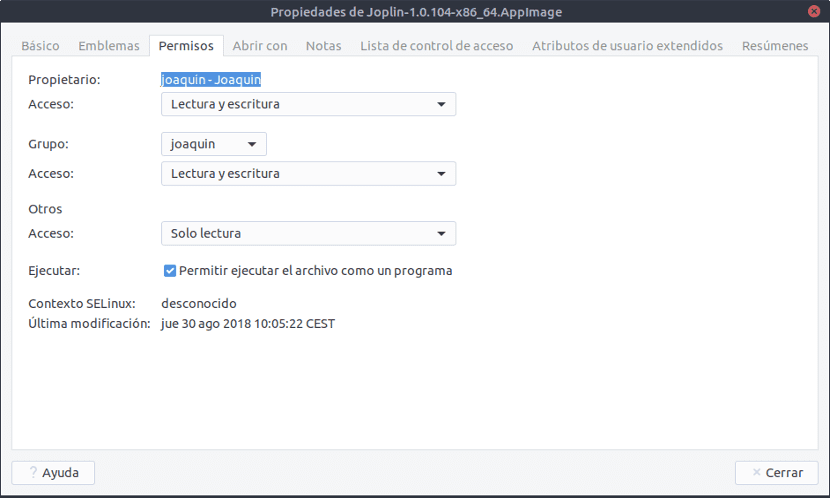



Chmod Or How To Modify The Permissions Of Our Files Linux Addicts




Chmod 644 755 777 What S The Difference Linuxpip




Lesson 9 Setting And Using Permissions Overview Describing File Permissions Using Execute Permissions With A File Changing File Permissions Using Mnemonics Ppt Download




Change File Permissions Easily With Online Chmod Calculator By Chmodcalcu Issuu




Agenda The Linux File System Chapter 4 In



What Is The Chmod 777 Filename Sh Used For Quora




Linux File Permissions Tutorial How To View And Change Permission




Chmod Cheatsheet Linux




Linux Users And Groups Linode




Understanding Linux Permissions And Chmod Usage



1




Learning The Shell Lesson 9 Permissions




Understanding Linux Permissions And Chmod Usage




File And Directory Security



Understanding File Permissions In Unix Or Linux And Modify Using Chmod




Chmod Calculator Permissions Examples




What Does Chmod 777 Mean Linuxize




Chmod Command In Linux File Permissions Linuxize




Explained How To Use Chmod Command Complete Guide Thevoltreport




File Permissions Unix




File Permissions Pair Knowledge Base




Is There A Web Based Converter Between Rwx And The Octal Version Unix Linux Stack Exchange
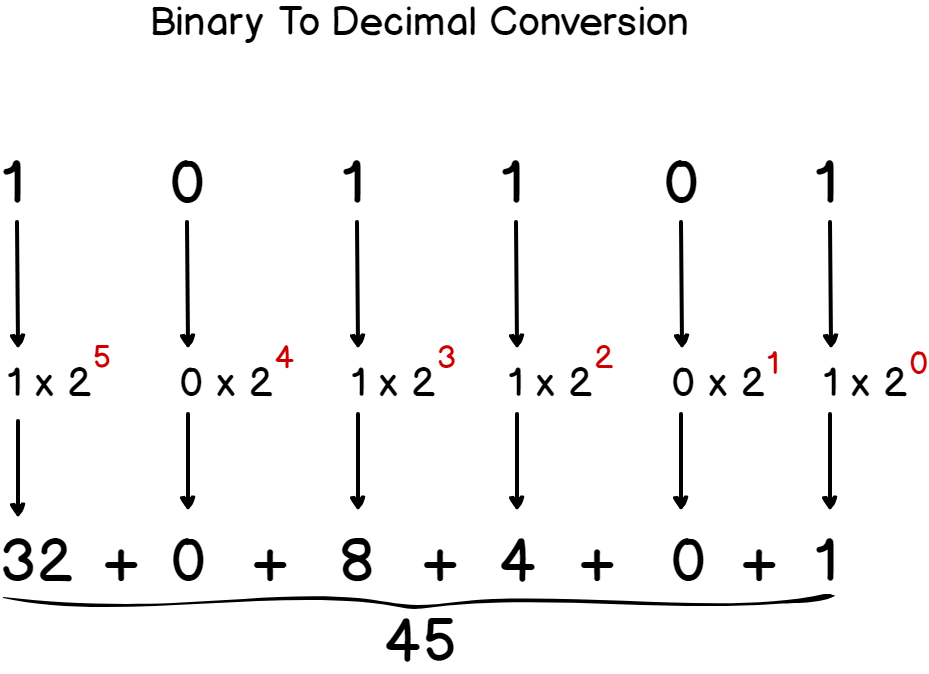



Linux File Permissions Complete Guide Devconnected




Chmod And Chown Must Know Linux Commands




Solved Challenge Changing File Permissions Evaluate Your Chmod Answer Course Eagle



Csc128 Permissions And Links Chmod And Ls




Solved Wings Review View Help Q7 15 Points Create 3 Files Chegg Com




How To Use Chmod Command In Linux Explained With Examples




Linux Commands Chmod




A Unix And Linux Permissions Primer Daniel Miessler




The Basics Of The Chmod Command Pi My Life Up
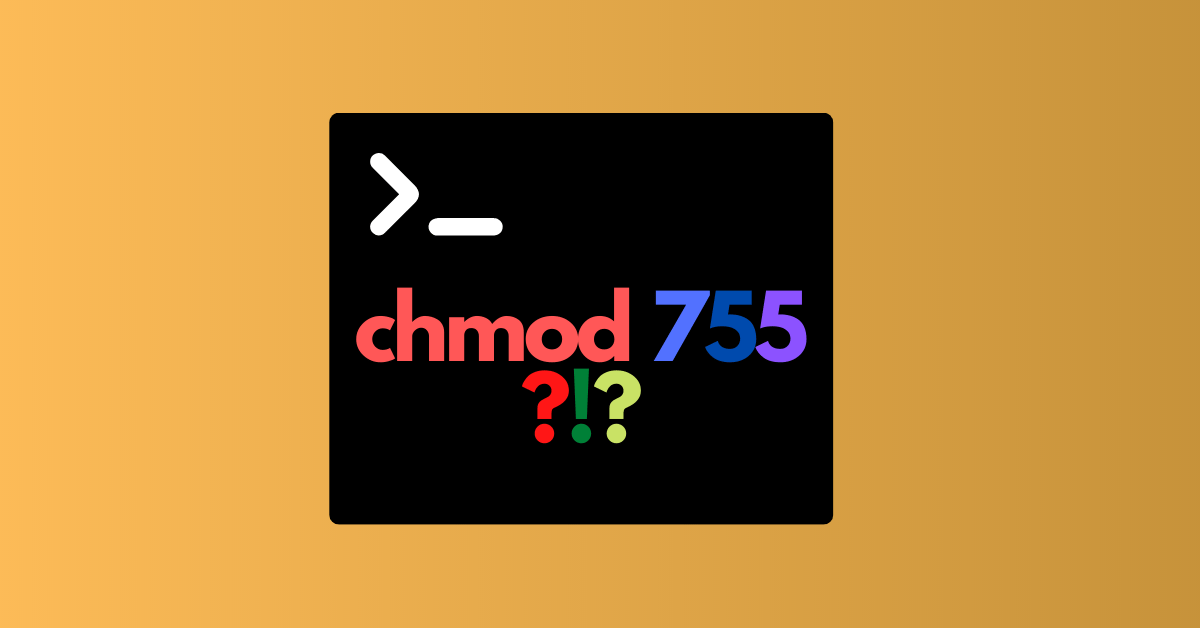



Chmod 755 Command What Does It Do By Claudio Sabato Medium




9 Quick Chmod Command Examples In Linux



Using Chmod X Command On Linux And Unix With Examples Systemconf




Change File Permissions Easily With Online Chmod Calculator Convert



Decoded Chmod Coreutils Maizure S Projects




File Permissions In Linux Unix Vk9 Security




Modify File Permissions With Chmod Linode




Linux File Permissions Tutorial For Beginners




Understanding File Permissions



Unix Tutorial Five
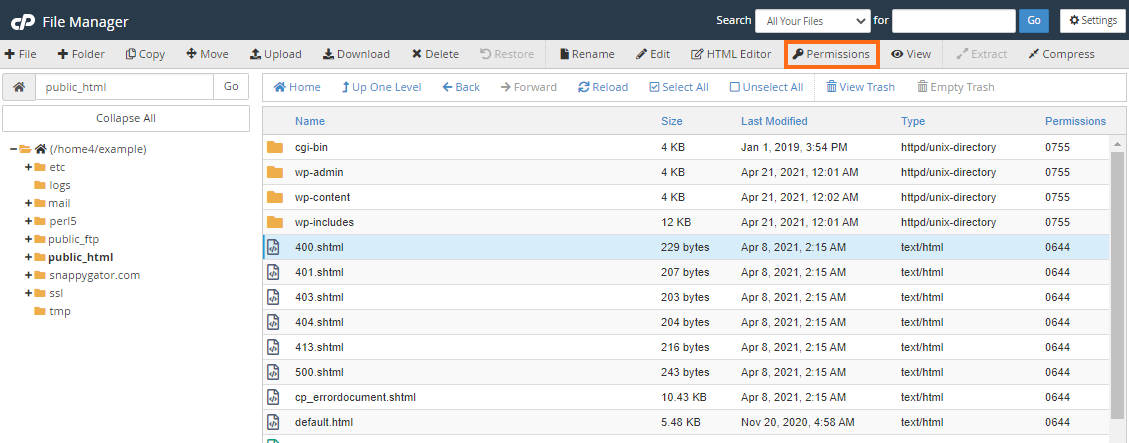



How To Change Permissions Chmod Of A File Hostgator Support




Ddg Gives You A Cheat Sheet For Any Chmod Configuration Good For Noobs Like Me Linux




Chmod 755 Command What Does It Do Codefather




Linux Chmod Command Examples Journaldev



Chmod




Chmod Command In Linux File Permissions Linuxize




Fun With Numbers In Chmod




The Chmod Command And Linux File Permissions Explained



Everything About Chmod Command In Linux Hackerearth




Linux Chmod Command Help And Examples




Solved Q7 15 Points Create 3 Files With Touch Command Chegg Com



Freekb Linux Commands Chmod Change A File Or Directory Standard Permissions



Chmod




3 6 File And Directory Security




What Is Chmod 777 And What Does It Do In Linux Laptrinhx




File Permissions Pair Knowledge Base




Introduction To Linux File Permissions Attributes Chmod Globo Tech




Linux File Permissions Tutorial How To View And Change Permission




Chmod 644 755 777 What S The Difference Linuxpip




Module 4 File Security File Security Security Overview




Extropia Tutorials Introduction To Unix For Web Technicians The Chmod Utility




Understanding Basic File Permissions And Ownership In Linux The Geek Diary




What Are The Chmod Numbers Quora




Linux Permissions An Introduction To Chmod Enable Sysadmin




Introduction To Linux File Permissions Attributes Chmod Globo Tech




Modify File Permissions Linux




Chmod Calculator Chmod Generator Chmod Command




Ownership And Permissions




How To Use Chmod And Chown Command In Linux Nixcraft



Using Chmod X Command On Linux And Unix With Examples Systemconf




Chmod Tutorial Ryan S




Difference Between Chmod And Chown Shootskill Java Tutorials Examples And Articles




Chmod Command Chmod Common Command Description Sale Myntra
コメント
コメントを投稿